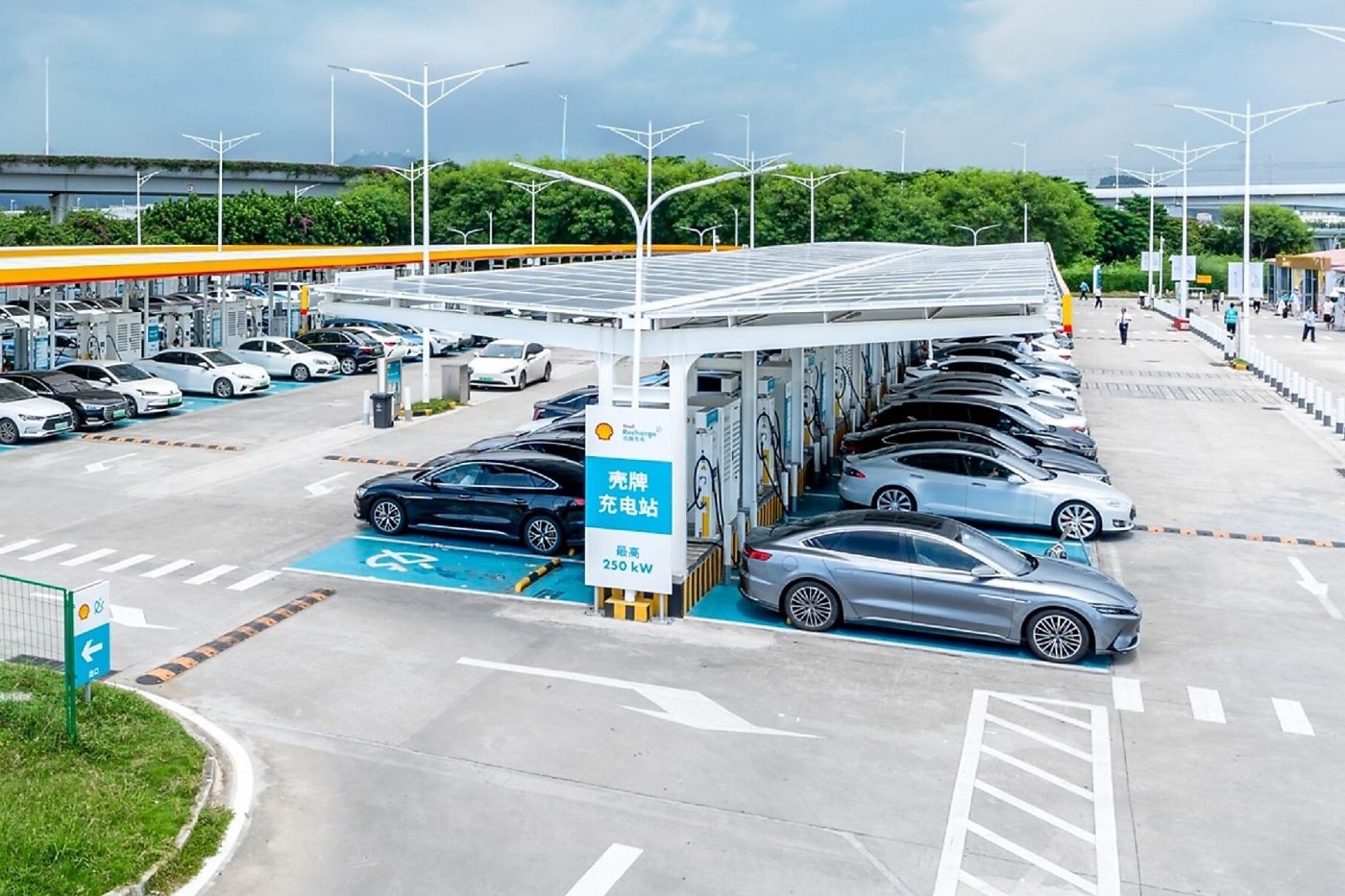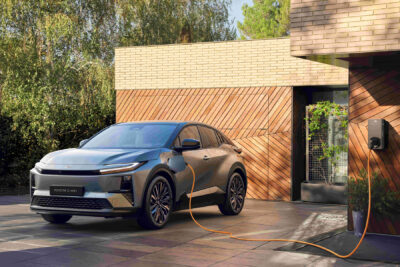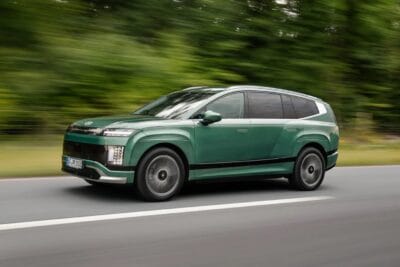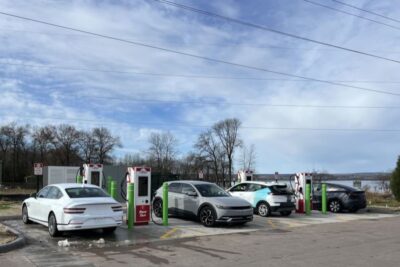China launches action plan to double EV charging capacity by 2027
China’s National Energy Administration (NEA), together with five other ministries and commissions, has released the “Three-Year Action Plan for Doubling the Service Capacity of Electric Vehicle Charging Facilities (2025–2027).” The plan aims to provide more than 300 million kilowatts (300 GWh) of public charging capacity and expand the national charging network to around 28 million facilities by the end of 2027.
The action plan is structured around four priorities: balance, innovation, inclusiveness and implementation. While current facilities largely meet existing demand, challenges persist in rural coverage, network balance, power supply security and service quality. The action plan seeks to improve geographical distribution, accelerate rural deployment and enhance high-power charging infrastructure along key urban routes and highways.
The NEA emphasised that the average power of public charging facilities is currently around 45.5 kilowatts — insufficient for peak travel periods — and that the plan “specifically calls for accelerating the construction of high-power charging facilities in key cities and highway service areas.” According to local media, the goal is to install 1.6 million new DC fast chargers in urban areas by 2027, including 100,000 high-power chargers.
Network upgrades and rural expansion
The (SCMP) further reports that, to boost network efficiency and reliability, the plan also targets an upgrade of ageing assets and low-voltage systems. Charging stations that have been in service for more than eight years, along with platforms operating below 800 volts, will be upgraded or replaced to meet higher performance and safety standards.
Moreover, the government aims to deploy or modernise 40,000 ultra-fast charging points – each rated above 60 kilowatts – across highway service areas by the end of 2027. With few exceptions in high-altitude or extremely cold regions, all motorway sites are to be equipped with fast-charging facilities.
In parallel, at least 14,000 new DC chargers will be installed in townships currently lacking public charging options, ensuring full coverage in rural regions. Private charging will also receive policy support through pilot projects in 1,000 residential communities, promoting unified planning, construction and long-term operation of home-charging infrastructure.
Innovation, implementation and market growth
Innovation will focus on vehicle-grid interaction (VGI), enabling electric vehicles to participate in grid balancing and energy storage. The NEA said the plan “proposes expanding the scope of vehicle-grid interaction pilot programmes and exploring innovation in pricing policies, market mechanisms and application scenarios.” As part of this, around 5,000 bidirectional charging units will be installed.
Inclusiveness targets residential and rural charging access. New residential areas must provide 100% charging facilities or pre-installed interfaces, while existing communities will see pilot schemes for unified construction and operation.
Implementation responsibilities are clearly defined across government bodies, power grid operators and industry players. The National Development and Reform Commission and the NEA will coordinate national execution, while local governments must adapt regional plans and enhance power grid support. “Power grid companies will strengthen supporting network construction and power supply services,” the NEA stated, adding that operators must improve reliability and customer experience.
Sales of new energy vehicles (NEVs), which include battery-electric and plug-in hybrid vehicles, continue to rise, reaching a new record in September. A total of 1.6 million NEVs were sold, meaning that almost every second vehicle sold in the country had a plug. Of these, 1.06 million were purely electric. However, it should be noted that these figures also include NEVs manufactured in China for export.
ndrc.gov.cn (action plan; in Chinese), scmp.com





0 Comments